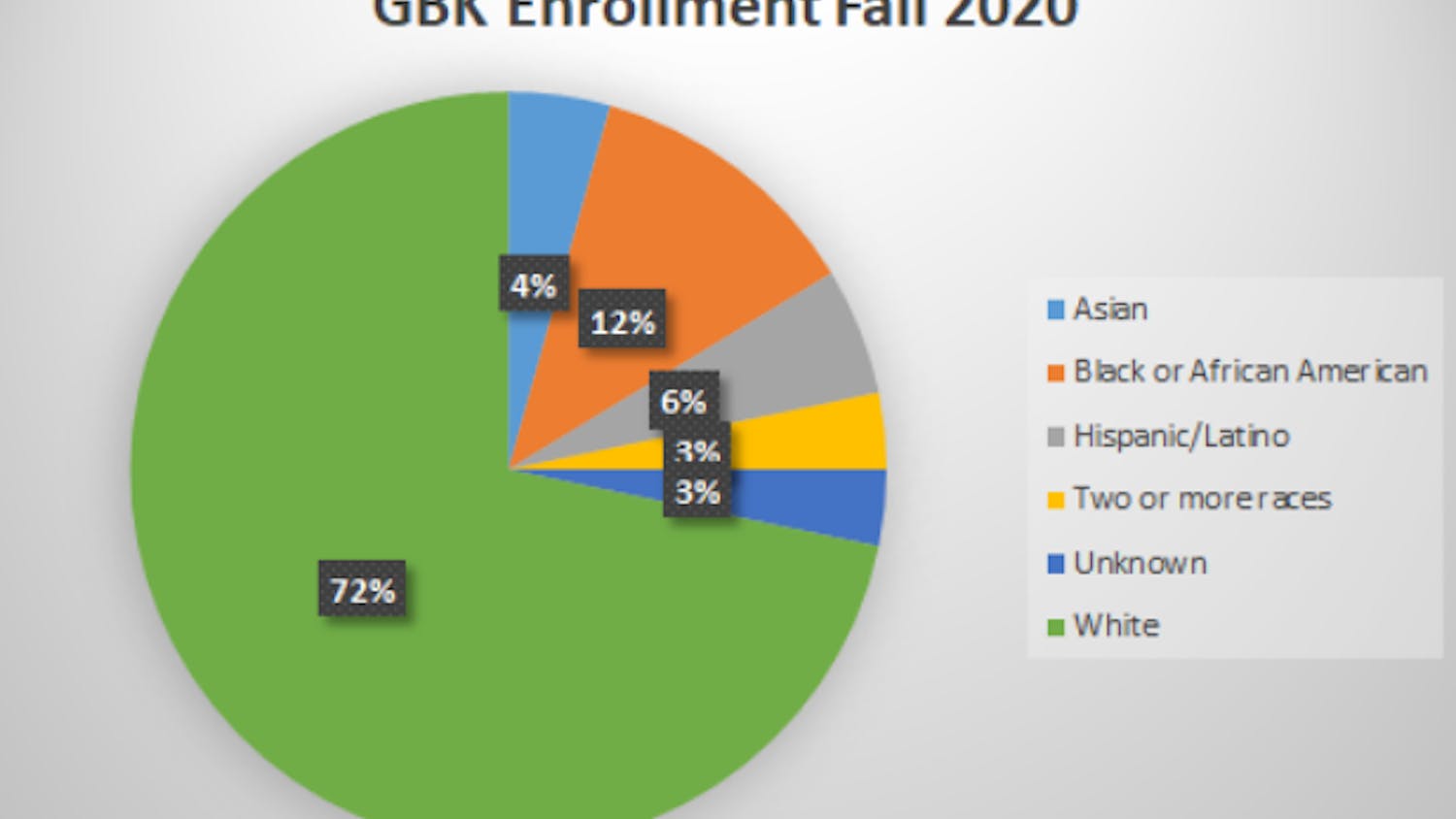In 2010, the federal government had recently demanded that all cities replace street signs in all capital letters with street signs that have both capital and lower case letters, and the nation must comply by year 2018.
Like many government decisions, some agree with the change while others disagree.
The naysayers’ main concern is that this decision is an expensive and pointless change.
Just as when readers make out words before actually reading the letters, drivers commonly attempt to make out street signs before getting close enough to read them.
If a driver is in fact attempting to do this, a series of capital letters will most likely end up forming a block rather than the variety of shapes lower case letters provide that can help make words distinguishable.
Lower case letters are easier to read even when close up given some letters look very similar when capital but not when lower case.
Take “O” and “Q” for example, or “I” and “T.” In their lower case forms, “o” and “q,” and “i” and “t,” the visual difference in shapes, such as the tail of the “q” and the cross of the “t,” are easier to see.
According to the English Club, capital letters also tend to be wider, meaning your eyes will have more to scan which doesn’t sound too intriguing to the lazy readers.
Federal highway administrator Victor Mendez agrees with the theory that lowercase letters are easier to read stating that capital street signs cause a lack of comprehension which leads to a distraction that can cause an accident.
If Mendez is correct, then the millions of dollars taxpayers feel they would be wasting on street signs could cut back on the $299.5 billion societal cost of traffic accidents motorist advocate company AAA says American motorists pay.
For those who opt to unknowingly spend the $299.5 billion, the question still remains: can you put a price on safety?
If after considering these points you are still not in favor of the federal demand, you may have been one of the reasons the decision was retracted.
Not too long after the demand was placed, transportation secretary Ray Lahood expressed his disagreement and called for a 45-day public comment period which resulted in the cancelation of the plan.




